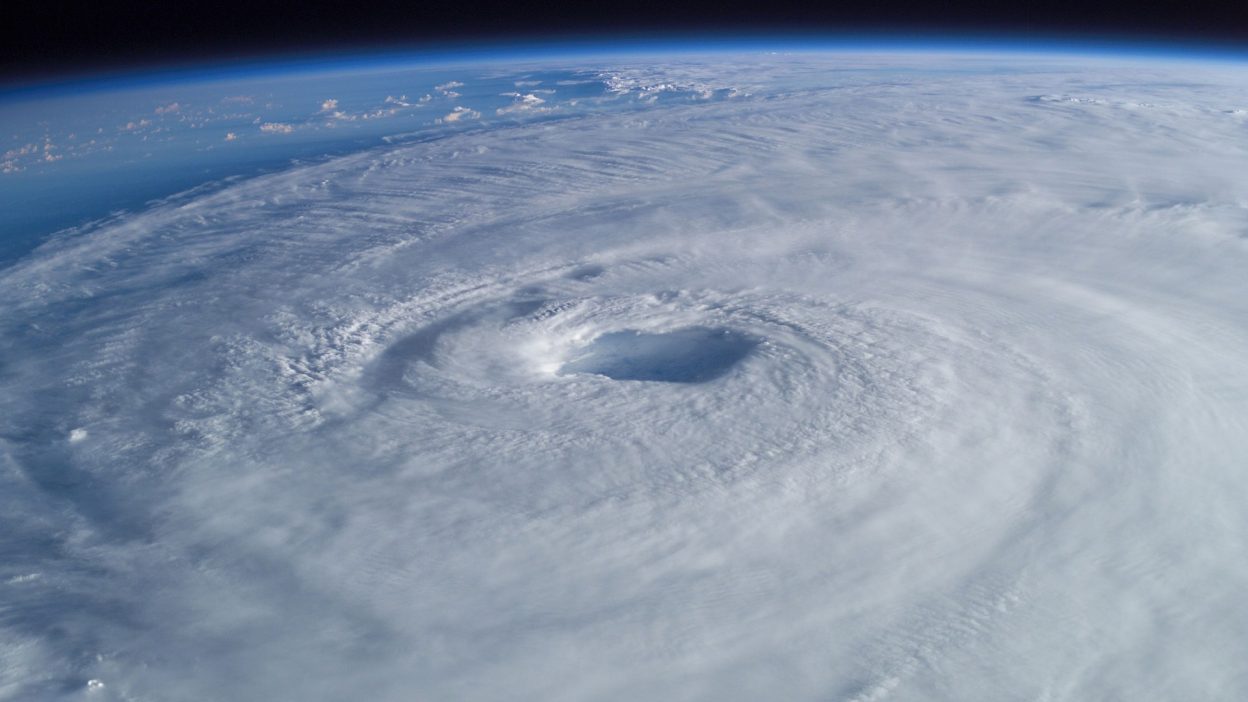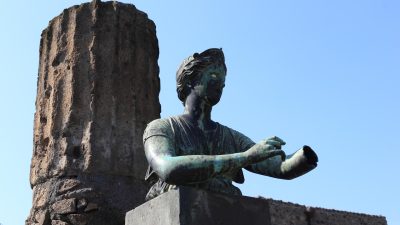: The Forgotten Disaster That Redefined Atlantic Storm Preparedness
The 1926 Havana–Bermuda Hurricane was one of the most devastating storms to hit the Atlantic. With wind speeds reaching up to 145 mph, it caused immense destruction across Cuba and Bermuda. Many people had to flee their homes, but the scale of the storm left little chance for many to escape its fury.
Even after the storm had passed, its impact continued to be felt for years. Communities were destroyed, and the reconstruction of vital infrastructure took an extended period. The magnitude of the damage was something that hadn’t been fully anticipated, and it highlighted the vulnerability of island nations to such extreme weather events.
Nature’s Fury Unleashed: The Reality of the 1926 Havana–Bermuda Hurricane
The 1926 hurricane was not just a typical weather event; it was a severe reminder of nature’s raw power. The full scale of its potential wasn’t realised, and the regions affected were caught off guard. With no advanced warning systems to speak of, the storm’s impact was amplified as many areas were unaware of the approaching danger. In Havana, the destruction was especially severe, as the city lacked the necessary infrastructure to withstand such a powerful storm.
Bermuda too suffered immensely, with wind speeds that tore through the island, destroying buildings and leaving significant damage in their wake. What made the situation worse was the global neglect of the storm’s massive impact. While the world’s attention was diverted elsewhere, the Caribbean was left to face its tragedy largely alone.
The Human Cost of the 1926 Havana–Bermuda Hurricane: A Disaster Beyond Compare
- Lives lost and injuries sustained: Over 400 individuals were killed by the hurricane, with many more sustaining severe injuries. The full extent of the human suffering wasn’t realised right away, as rescue operations were delayed by the storm’s destruction.
- Economic devastation: The financial toll on both Cuba and Bermuda was enormous. Industries like agriculture, tourism, and fishing were nearly wiped out, leaving behind extensive damage that took years to recover from.
- Ongoing consequences: The survivors of the hurricane faced ongoing challenges long after the storm’s winds had passed. Communities had to rebuild from scratch, and the people of Cuba particularly had to endure hardships for years as they attempted to recover from the damage done.
Was the 1926 Havana–Bermuda Hurricane Foreseeable? A Missed Opportunity for Preparedness
Although predicting the full strength of a hurricane is impossible, the 1926 storm’s devastating effects could have been lessened with better preparation. At the time, the absence of reliable weather warnings meant that many people had no idea of the storm’s impending arrival. Had there been more accurate forecasts, the authorities could have warned people earlier, potentially saving many lives.
Furthermore, the lack of proper infrastructure left entire communities vulnerable to the hurricane’s fury. Today’s advancements in technology and disaster response would make such a storm less catastrophic, but back then, these factors compounded the loss and devastation.
The Political Failures in Responding to the 1926 Havana–Bermuda Hurricane: A Lesson in Inaction
The aftermath of the 1926 Havana–Bermuda Hurricane also brought to light significant political shortcomings in responding to the disaster. Both the Cuban and Bermudian governments were slow to act, leaving their citizens exposed to further danger and loss. This delay in response meant that many lives were lost, and much of the damage could have been avoided if the authorities had acted sooner.
In Cuba, the extensive damage meant that the government’s delayed relief efforts were ineffective in preventing further devastation. Similarly, in Bermuda, the lack of preparedness revealed serious flaws in the country’s disaster response infrastructure, leaving the islands vulnerable to such a powerful hurricane.
How the 1926 Havana–Bermuda Hurricane Reshaped Hurricane Preparedness for the Future
The 1926 storm marked a turning point in the way authorities handled hurricane preparedness. The sheer destruction caused by the storm underscored the need for better forecasting and warning systems. After the hurricane, there was a concerted push to improve weather tracking and communication strategies, which ultimately saved lives in future storms.
In the years that followed, meteorological agencies focused heavily on improving their understanding of hurricanes, leading to more accurate predictions and advanced warning systems. The changes made after the 1926 hurricane were instrumental in reducing the human cost of future storms, ensuring that similar mistakes would not be repeated.
The Aftermath of the 1926 Hurricane: Entire Communities Left Devastated
The impact of the 1926 Havana–Bermuda Hurricane was felt long after the storm passed. In Havana, widespread destruction left entire areas in ruins, and the city’s vital infrastructure was severely damaged. The loss of water, electricity, and medical facilities made the recovery process more challenging.
In Bermuda, too, entire neighbourhoods were torn apart. Although the island managed to rebuild quicker than Cuba, the psychological effects of the hurricane lingered long after the physical structures were repaired. The survivors had to face the trauma of lost loved ones and the destruction of their homes, and it took years for both regions to recover fully.
Could the 1926 Havana–Bermuda Hurricane Have Been Prevented? The Role of Human Error in the Disaster
While the storm itself could not have been prevented, human error played a significant role in worsening the outcome of the 1926 hurricane. Had authorities accurately predicted the hurricane’s strength and trajectory, they could have issued earlier warnings, potentially saving lives.
Moreover, the lack of preparedness and fragile infrastructure meant that many communities were unprepared for the storm. Today, we are better equipped to predict and respond to such disasters, but the 1926 hurricane serves as a critical reminder of how human mistakes can exacerbate the impact of natural events.
Conclusion: The Enduring Legacy of the 1926 Havana–Bermuda Hurricane
The legacy of the 1926 Havana–Bermuda Hurricane can still be seen in how we approach hurricane preparedness today. This devastating event forced a re-evaluation of disaster response strategies, leading to significant improvements in forecasting and early warning systems. The lessons learned from this storm helped shape the disaster management protocols that we rely on today.
However, the human cost of the 1926 hurricane serves as a stark reminder that despite technological advancements, the vulnerable remain at risk when nature unleashes its fury. The tragedy of that storm continues to resonate, influencing how we prepare for and respond to natural disasters around the world.
FAQs:
- What caused the 1926 Havana–Bermuda Hurricane?
- The hurricane was a Category 4 storm that developed in the Atlantic, rapidly intensifying before striking Cuba and Bermuda.
- How many casualties were there in the 1926 hurricane?
- Over 400 people lost their lives, with thousands more injured, many left without homes.
- What were the main effects of the 1926 hurricane on Cuba and Bermuda?
- Both Cuba and Bermuda faced immense damage, with buildings destroyed and essential services wiped out, causing extensive hardship.
- Why is the 1926 hurricane considered so devastating?
- The combination of intense winds and inadequate preparedness made the storm’s impact particularly severe, leading to a high death toll and long-term damage.
- Could the 1926 hurricane’s damage have been lessened?
- While the storm was unavoidable, better forecasting and preparation could have reduced the loss of life and property.
References:
1926 Havana–Bermuda Hurricane
http://en.wikipedia.org/wiki/1926_Havana%E2%80%93Bermuda_hurricane
Havana-Bermuda Hurricane: October 1926
http://rgmags.com/2018/06/havana-bermuda-hurricane-october-1926/
Island’s Deadliest Storm Killed 88 in 1926




